Marilyn Clark e’ una counselor con una grande esperienza nell’uso della musica a sostegno della crescita personale. Marylin e’ stata una delle prime persone a specializzarsi nel Bonny Method of Guided Imagery and Music (BMGIM) (http://www.ami-bonnymethod.org/index.asp ). Un metodo di musico-terapia assistito caratterizzato dalla sequenza di brani musicali che accompagnano la visualizzazione di immagini e ricordi che vengono, per cosi’ dire, proiettate su uno schermo interiore come memorie e ri-epserienza della propria vita.
E’ un metodo molto particolare e partecipato creato negli anni ’70 da Helen Bonny, recentemente scomparsa, una appassionata musicista e terapeuta che si interesso’ e approfindi’ lo studio degli effeti della musica sull’immaginario interiore di chi ascolta.
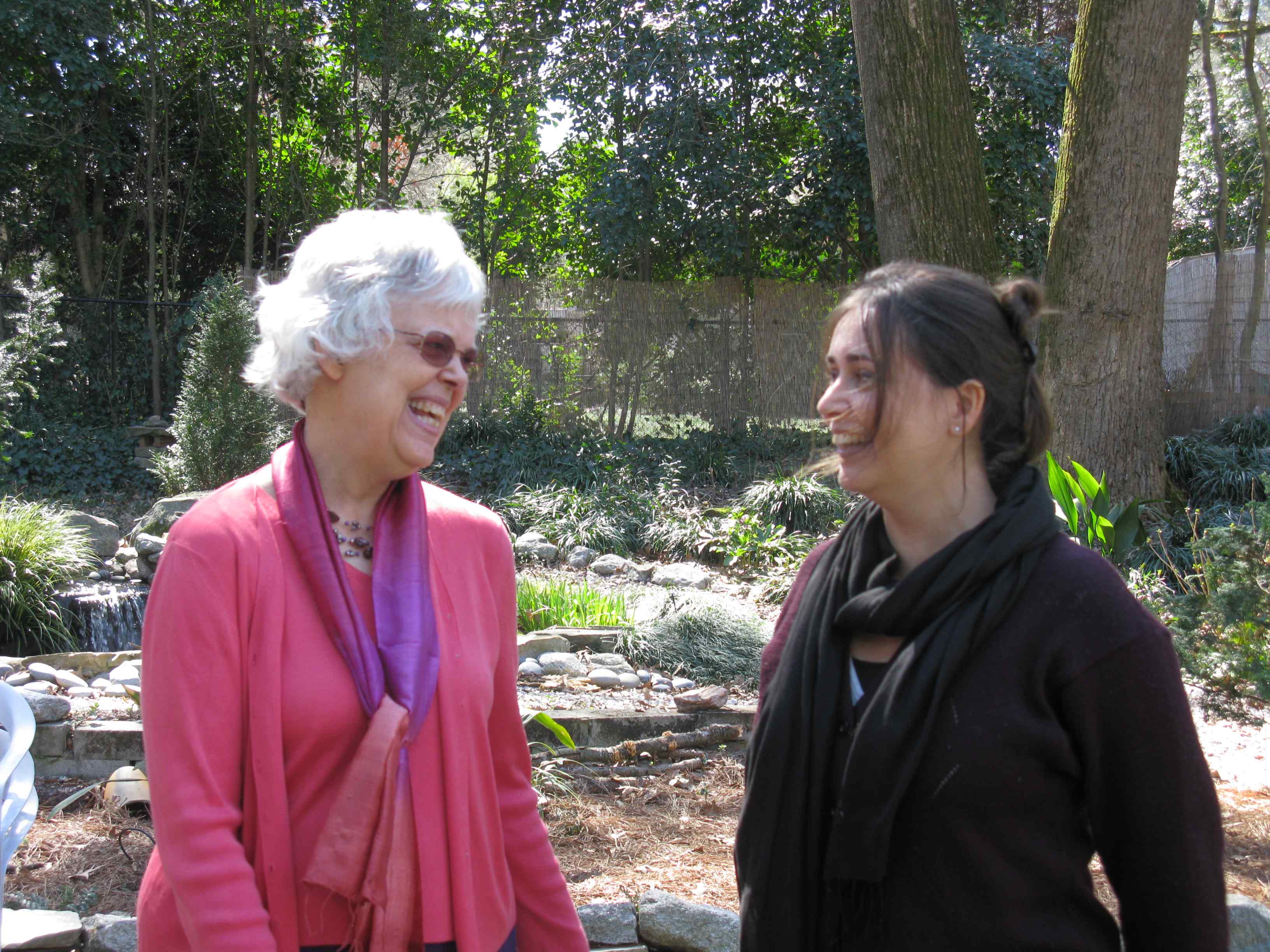
Ho incontrato Marilyn Clark piu’ volte in occasione della mia specializzazione sul Mandala come strumento di auto-aiuto con Susanne Fincher, Marilyn e’ stata la mia tutor, ed ho avuto la possibilita’ di scambiare con lei qualche parola sul Bonny Method e sulla sua eventuale applicazione nella realizzazione di mandala.
E’ stato un incontro arricchente, vivace e molto divertente.
Marilyn oltre ad essere una grande esperta dal punto di vista professionale e’ dotata di una capacita’ empatica naturale e rara. E’ stata una grande esperienza per me, sia dal punto di vista umano sia come occasione di crescita professionale.
Mi fa piacere ospitare il nostro scambio di vedute e l’intervista che ne e’ seguita nel post qui sotto.
Aggiungo che in Italia il BMGIM e’ stato introdotto dalla Scuola di Psicoterapia Integrata e Musicoterapia ed è l’unico in Italia. Maggiori informazioni sulla scuola e sul percorso offerto si trovano all’indirizzo http://www.musilva-spim.it/
Meeting music and mandala with Marilyn Clark
Marilyn Clark is a counselor with a great deal of experience with using recorded music to support an unfolding experience of personal growth. She does this primarily through The Bonny Method of Guided Imagery and Music. She said that this method is the center of her holistic practice for personal growth and well being. To read more info about Marilyn and her work visit her web site: http://www.invitedbymusic.com/
We talked about this method and I asked her to give me some more information.
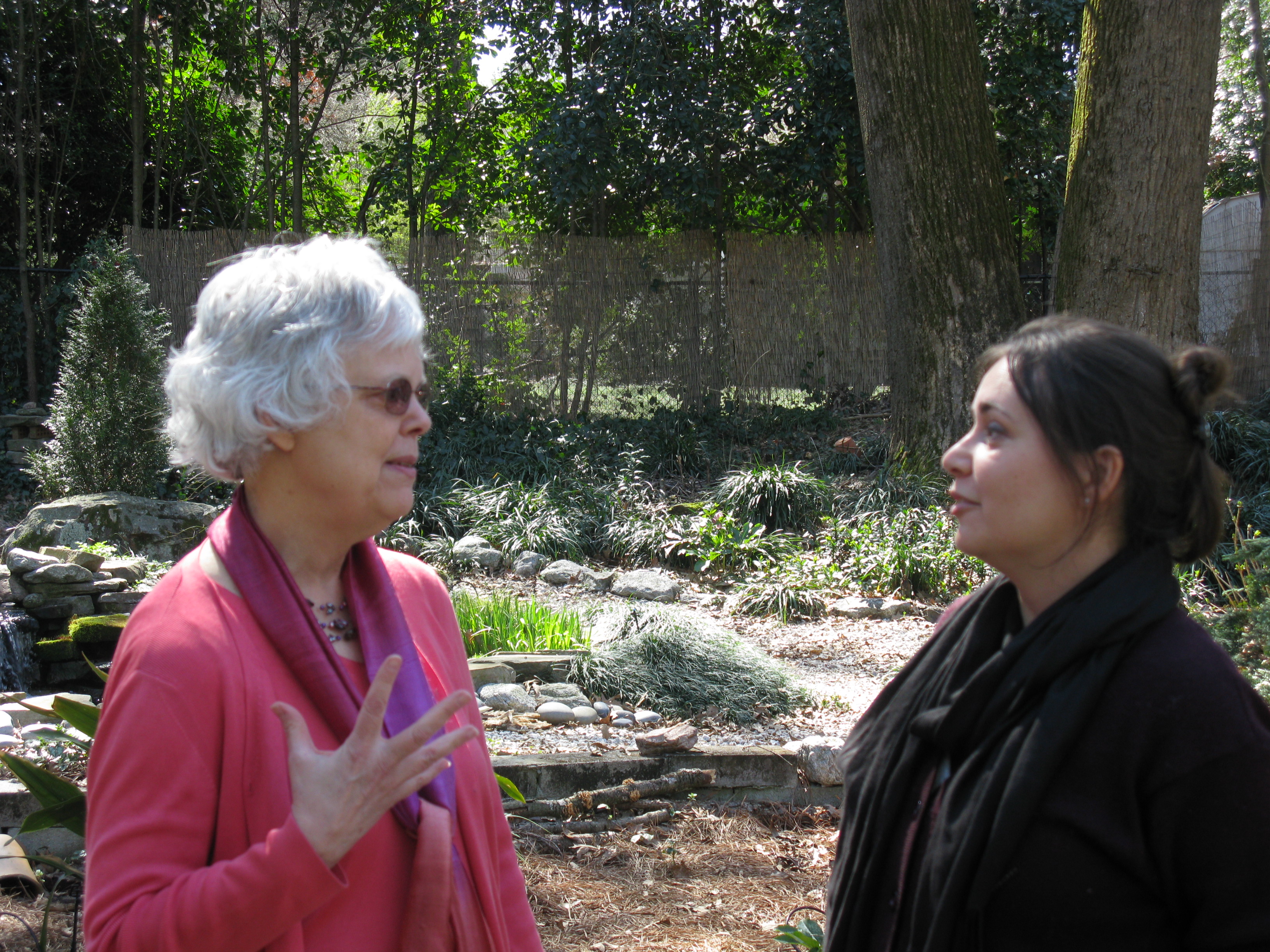
Annalisa: Marilyn could you introduce in a few words what it is the Bonny Method of Guided Imagery and Music?
Marilyn: The Bonny Method (created by Helen Bonny, PhD, violinist and music therapist) provides a carefully designed process where you relax, focus your thoughts, listen to music, and experience the images that arise. These elements combine to help you achieve a personally transformative experience.
The Bonny Method is characterized by the use of classical music, including excerpts from the works of Beethoven, Bach, Debussy, Brahms, and Vaughan Williams. These excerpts are carefully selected, based on the results of years of successful research. The music elicits a unique therapeutic experience. You might imagine visual pictures on your ‘inner screen,’ much like daydreams. You may experience feelings, memories, fantasy, physical sensations, and, at times, religious or spiritual insight. The experience could be likened to walking through a movie of your life, seeing metaphors about your life or re-experiencing memories from your life.
In an extended session of up to two hours, you and your therapist discuss your current life situation, set goals for your work together, and establish a focus for the session. After a guided relaxation, you then turn your attention to listening to music. Recorded pieces are chosen for you by your therapist, based on your desired goals and focus.
This music becomes a vehicle for exploring your imagination. Your imagination is a rich source for personal insight. You tell your therapist the images, feelings, sensations, and/or memories that come to mind as you listen to the music. Your therapist supports, encourages, and challenges you to engage with the music and your imagination. Towards the end of your session, you and your therapist discuss and collect insights that come from the experience.
For more explanation, please go to [www.invitedbymusic.com], view the brief film clips from the film I wrote and directed: “Invited by Music” .
A: When did you start to use the Bonny Method of Guided Imagery?
M: I was trained by Dr. Bonny starting in 1975. I was one of the first graduates from her training program.
A: How do you use the Bonny Method? What is its primary goal?
M: I use the Bonny Method as a central part of my therapy practice. However, not everyone seeking therapy is able to commit to an extended therapy session of about two hours. Also not everyone is comfortable with working with altered states of consciousness, the imagination, and music. So when the particular qualities of this method mesh with the temprament and goals of a person, the outcome can be quite transformative. That is what I hope for. The primary goal, then, of the Bonny Method is to bring persons into a deep harmony within themselves and in a relationship to the harmonious workings of the universe. This sounds very lofty and yet, it is an outcome I have witnessed, as well as personally experienced. Does this mean that all of a person’s problems will be solved with this method? Of course not. However, to have even a brief experience of harmony within yourself — and with all that is — is potentially life-changing because you have experienced what is possible.
A: It is a method for therapist only or it is open to every person interested?
M: The method itself is best facilitated by someone with a considerable amount of training. However, at the root of the method is the simple directive “Listen to the music.” Anyone can practice the art of deep listening to music. It can be a practice, like a spiritual discipline, of surrender, openness, being in the present, and being receptive. This kind of listening is different from listening analytically or didactically. Especially when you listen to the music that comes from and through composers with a sense of art, life, spirituality, and what is best in humankind… this is the music to listen to with an open heart. My mentor, Helen Bonny, once said, “Divine collaboration awaits within great music to renew minds and to heal hearts.” Just listen.
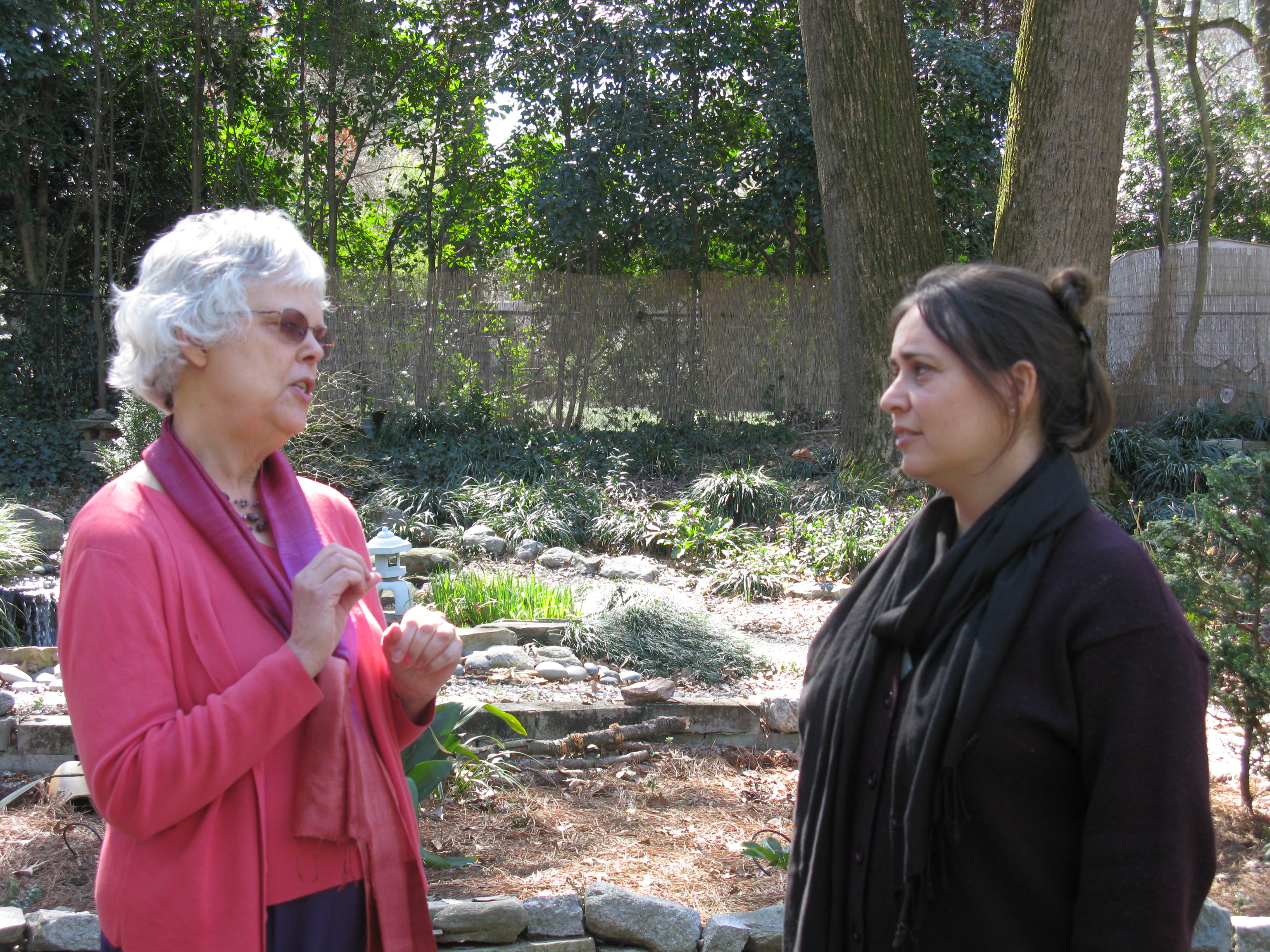
A: How can it change for better the life of people who use it?
M: On a practical level, people learn something about how to relax and to focus on their inner imaginings as well as to focus on the music. They learn the benefit of setting aside time for themselves to be in beauty. From the standpoint of psychological therapy, many different issues can be worked with through the Bonny Method as long as the therapist who facilitates the experience knows how to work with the issues the client presents. So depression, anxiety, relationships, self-esteem, addictions, grief, and so on, can be worked with in a Bonny Method series of sessions. Also creativity, spirituality, and transpersonal explorations can be directions that a series can take. Most therapists who work with the Bonny Method believe that the client’s own inner wisdom can direct the process.
As a result of a Bonny Method session, many clients report experiences that transcend what is ordinary and usual to them. Your music and imagery sessions will be unique to your personal relationships, feelings, and personality. You could find these experiences both challenging – prompting your growth – and nurturing -easing your healing.
A: Do you think it is a good method to create mandalas to?
M: I think that deep and active listening to music can be a wonderful assist to the mandala drawing process. Also persons who are having a series of Bonny Method sessions often find that drawing a mandala before or after the session is extremely helpful in expressing feelings and images that emerge through the Bonny Method.
It is possible to choose music to create a mood and to engage different energy levels. When I teach the Mandala course with Susanne Fincher, we choose music carefully to fit the archetypal patterns of mandala forms that we are introducing to our students. For example, if the form focuses on the energy of conflict, the music choice would be energetic and demanding. There might be two instruments with very different sound or melodic patterns. As the student listens to the music and considers ‘conflict’ then the mandala can be drawn with an intention of capturing a feeling of conflict. In this way the music not only enhances but also energizes the student’s response. This is a conscious or intentional use of music to effect a response.
You could apply the rationale to your own mandala drawing. Sometimes you may want to express a feeling through the mandala. For example, you may have a recent loss and need to grieve. You know, from previous experience perhaps, that drawing a mandala can help you reach feelings. You know that music can also help you feel your feelings, so you choose music that will help you to grieve. You draw a mandala with the musical support keeping you company and helping you to deepen into your feelings. Be sure to choose music to come at the completion of the experience to return you to a feeling of balance and calm. Use this suggestion wisely. If you know that your feelings are very powerful, you may want to consult a therapist to assist you and help you integrate the experience.
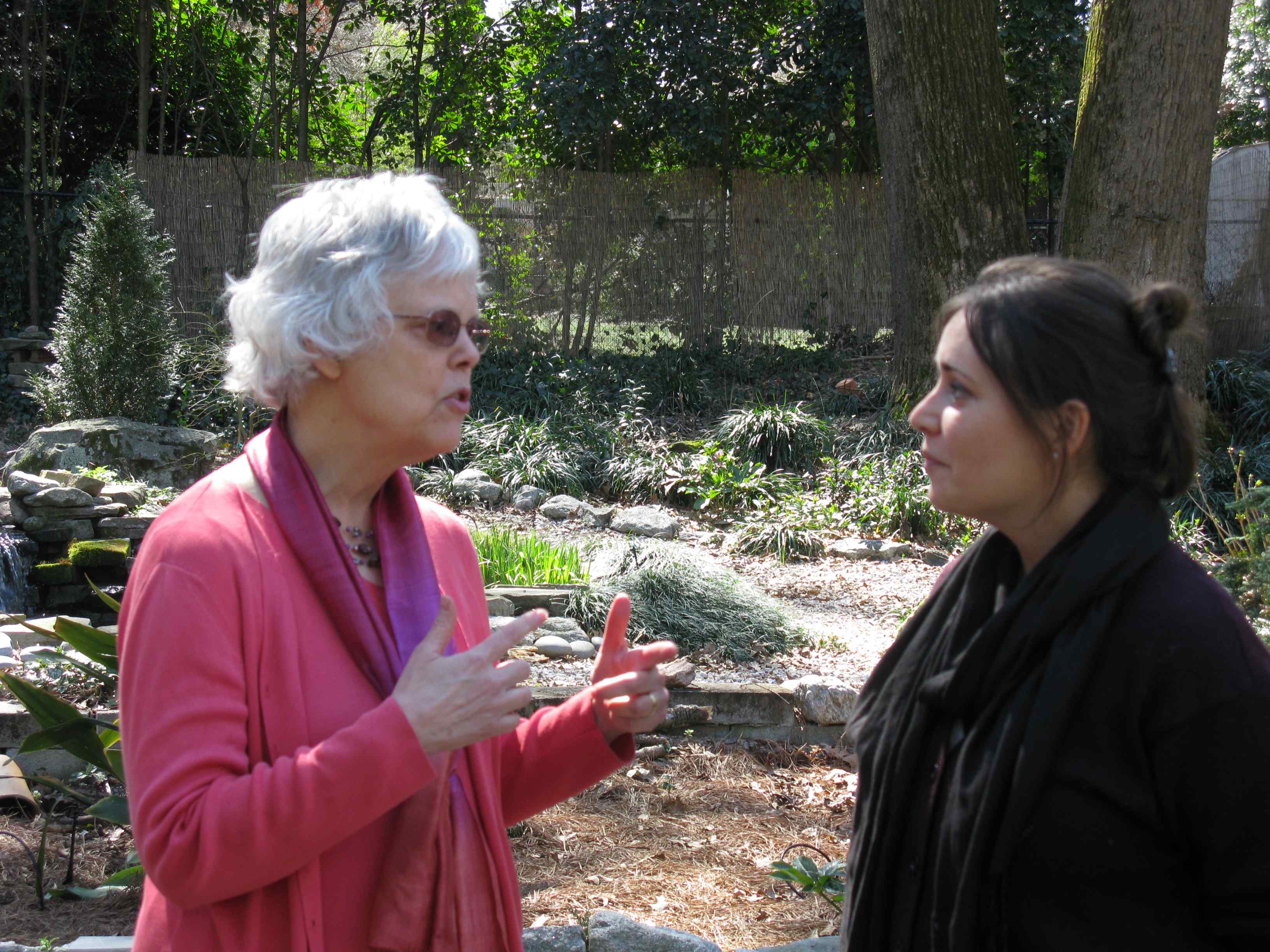 A: Could you give us some suggestions to use the Bonny Method for personal well-being?
A: Could you give us some suggestions to use the Bonny Method for personal well-being?
M: I can give some suggestions for listening to music and engaging the imagination:
This Music Imagery Exercise is a mind-body practice. These instructions take you through a relaxation process that you give to yourself. You listen to a piece of music and let your imagery flow with the music.
1. Find a piece of music to listen to. Music can help the imagery flow if it matches well with you and with what you need. You may need to spend some listening time to find music that will help you with this exercise. Here are some suggestions:
Pachelbel: Canon in D
Bach: Sheep May Safely Graze
Vaughan Williams: Variation on the Theme of Greensleeves; Lark Ascending
Holst: Planets Suite — Venus and Neptune
Satie: Gymnopedies
Japanese flute melodies
Harp music
Popular music and music with understandable lyrics may already have images attached to them. They can limit your response.
Music Listening
There are many ways to use music, just as there are many ways to use images. When you listen to music with intention, you will feel its effects. Let the music help you relax. Let it evoke your emotions — happy, sad, joy, grief. Let it take you within yourself to new levels of acceptance, compassion, and release.
When you have chosen the music you want to listen to, get it ready to play when you want to use it. You could begin the music as you relax. Or, you might want to get relaxed first and then start the music to play when you begin Step 3.
2. Relaxation
Take some deep breaths (5 or 6). With each breath, feel the air move in and out of your body. Imagine you can follow it – your attention or point of awareness is moving in and out of your body with your breath. Now let your breath return to its natural rhythm. Take a survey of your body now. Start at your head and notice how your head feels. If you become aware of tension, give the tension permission to let go. Now move your focus to your neck and shoulders. Gradually let your focus go to each part of your body. Note any tension and then let the tension go.
You may find that sometimes the tension moves easily away; other times it doesn’t. Don’t work at making the tension go. Simply return to a deep breath and move on.
3. Imagery Focus
Now turn your focus from your body to your imagination. Let a scene come to your mind. You may want to decide ahead of time what scene you wish to create. This is your time, your exercise; so create something just for yourself. Here are some ideas:
your favorite room or place in nature
an attic treasure chest
a gift to yourself from yourself, your inner child, your best friend, a loving relative
a sacred place where you feel a sacred presence
As you let the scene come into your mind, awaken each one of your senses to the scene so that it becomes more vibrant and real. Once you have established the scene in your mind, let it unfold for you. Let yourself be involved with it. You need not judge what’s going on. If you don’t like how you feel, then you can choose to stop the experience or to change it. As the image begins to develop, add music to your experience. Let the imagery and the music flow, as you stay focused on this inner experience. The imagery may come to a natural close with the music. Or you may feel that there is a completion to the ‘waking dream’ you have entered in to. When you are ready, you let the imagery fade, knowing that if you choose you can visit these images again.
4. When you have finished your music and imaging process, take out your journal and write down some of the images and feelings that you experienced. Write about listening to the music. This could be a good time to draw a mandala, expressing feelings in a non-verbal way.
A: What are, if any, the most common mistakes and prejudices about this method and the use of music as therapy?
M: A common mistake about the Bonny Method is that it can be confused with ‘guided imagery’ in which a person is guided through an imagery experience by a therapist or facilitator. There may be music playing but it is intended only as background to soothe the client. Our use of music in the Bonny Method is much more complex, nuanced, and primary than how music is used with ‘Guided Imagery.” So therefore, please note that the whole name for the Bonny Method is “The Bonny Method of Guided Imagery and Music.” A prejudice about this method is the tendency among some professions to categorize the Bonny Method experience in particular ways, such as a traditional therapeutic method. Yes, it is used therapeutically, but it is potentially much more than that. It is helpful to have a therapeutic background to be a facilitator, but the background should also include musical sensitivity as well as acceptance of mystical states and transpersonal phenomena such as spontaneous physical healing, past lives, extrasensory perceptions, and so on.
Paradoxically, another prejudice is that The Bonny Method is too untraditional and is considered to be heretical to persons with strict religious beliefs. A belief that unleashing the imagination is a dangerous and evil thing to do is the manifestation of this prejudice. This response is rather extreme, but I have spoken with a few persons who feel this way.
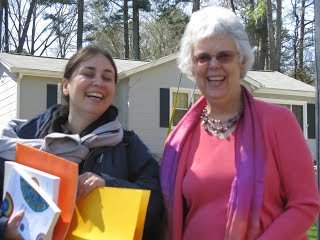
A: Is there a particular listening or music that resulted in being crucial in shaping your life?
M: There have been many experiences so it is difficult to only say one. I suppose that one of the very first experiences would be considered crucial. The pieces of music I listened to were by Brahms. The very active movement of the Brahms Second Piano Concerto gave way to excerpts from his German Requiem.My experience during these pieces began with going upward into a land where everything was white. Not like a brilliant light, but just white. White trees, bushes, rocks, etc. It seemed strange and awesome. Then I met, in my imagery, a figure cloaked in white and I could not see the face, but I knew it was a male personage and that he knew me very well. In fact, perhaps he knew me better than I even knew myself. I felt a rush of excitement that he might be here to tell me what my life purpose was. When I asked, he simply pointed ahead. He was communicating to me to live my life, continue on my path, keep on doing what I was doing. It’s simple and yet in the moment it was profound. I think that it gave me a basic feeling that my path in life was proceeding just as it was meant. I could trust it; I could trust myself. No big mysteries and no terrifically scary possibilities. Trust. Be open.
And, for the most part, I believe I have lived my life that way. That was more than thirty years ago and my facilitator was Helen Bonny.
A: What are your plans for the future?
M: I plan to continue to study human consciousness as it is revealed through experiences with the Bonny Method. I plan to continue to listen to music with awareness and intention so that I may become more in touch with my harmonious connections into the universe and all that is. I want to recruit young people into this work so that it will continue to be used. It holds great potential for communication and understanding of human values as we become more and more planetary citizens without borders to divide us and as we face the challenges of staying healthy and happy on this beautiful planet.
To read more info about Marilyn and her work visit her web site: http://www.invitedbymusic.com/
To contact Marilyn http://www.invitedbymusic.com/contactpage/contactpage.php
To read more abut the Bonny Method http://www.ami-bonnymethod.org/
Testo pubblicato il 27 marzo 2010, e 15 giugno 2010 sulle pagine di www.mandalweb.info
http://www.mandalaweb.info/persone-e-mandala/tramusicaemandalaincontroconmarilynclark

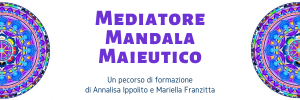


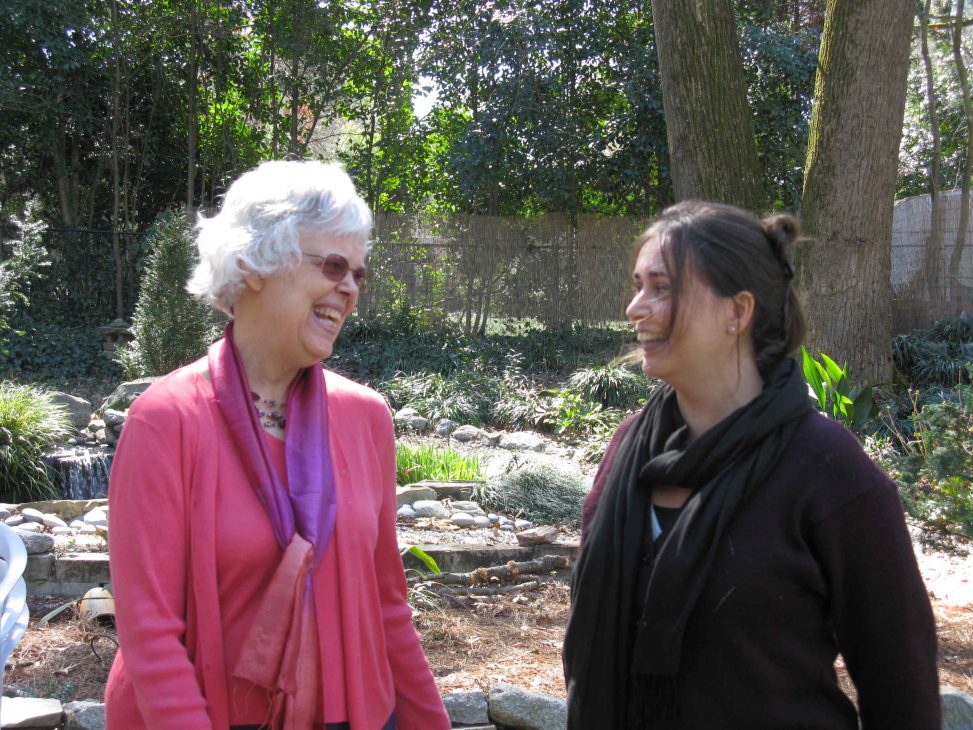
Devi effettuare l'accesso per postare un commento.